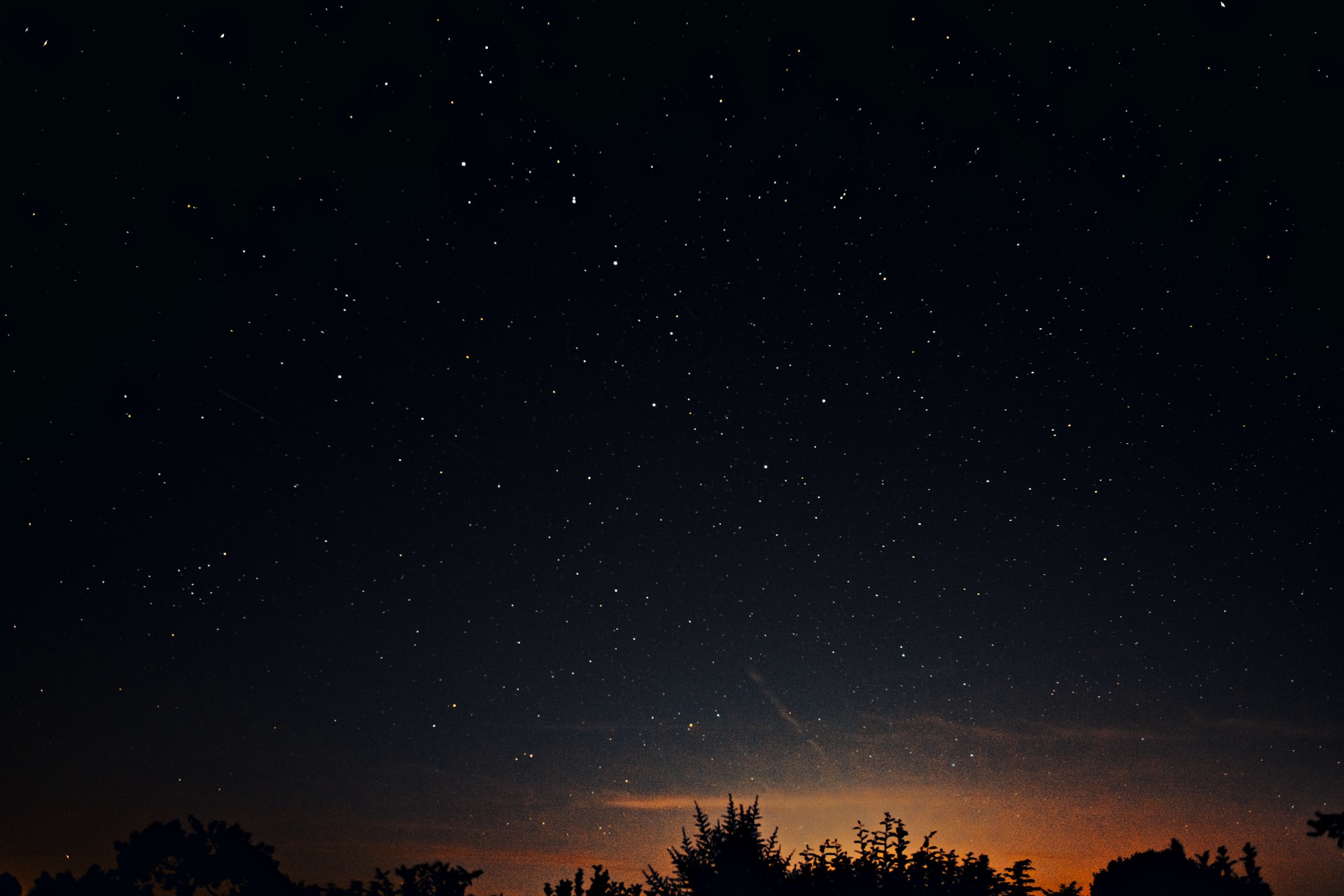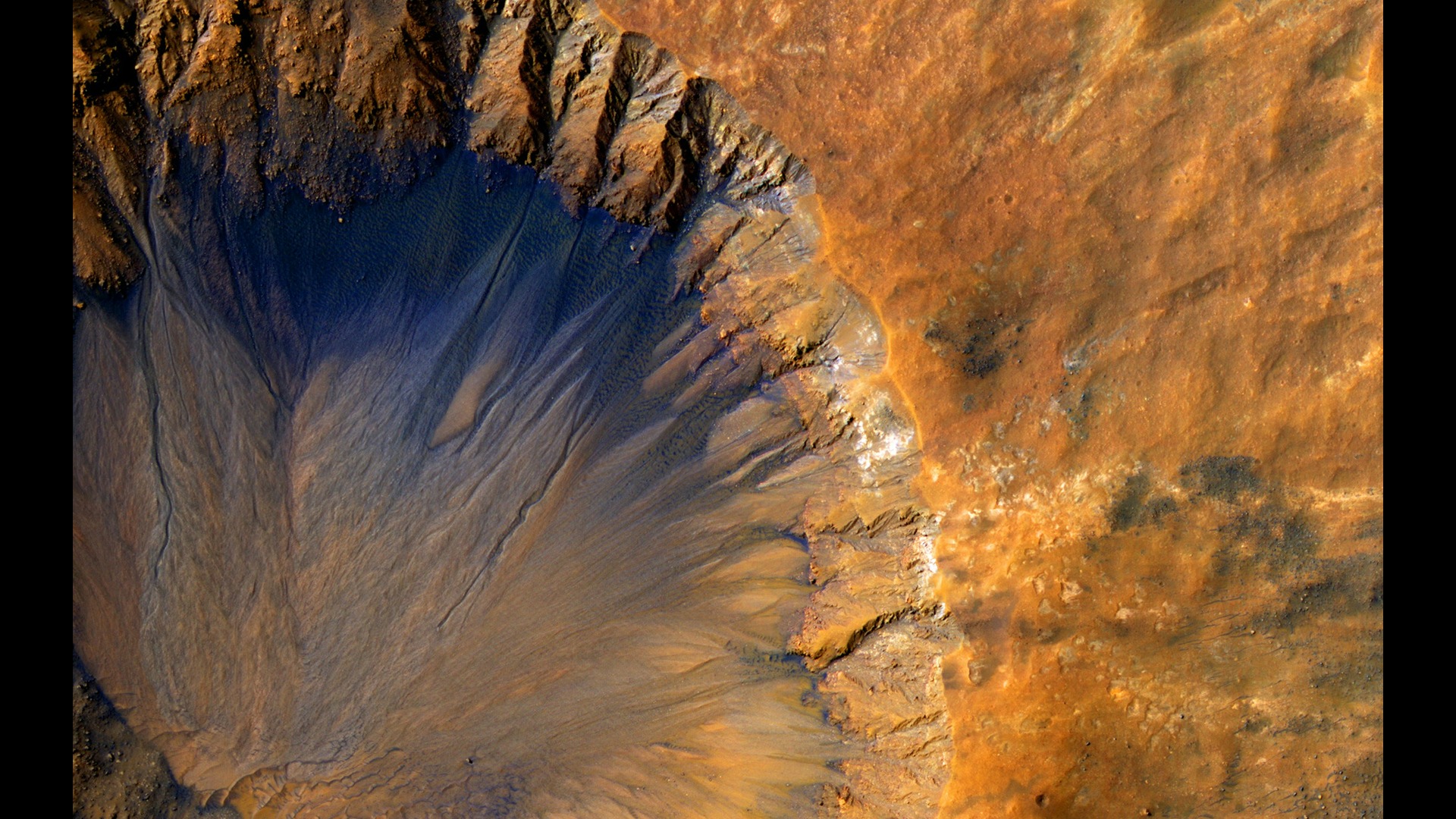
More Than One Sun: Exploring Binary Stars
May 4, 2022 - Emily Newton
Revolutionized is reader-supported. When you buy through links on our site, we may earn an affiliate commission. Learn more here.
If we peer up at the night sky, we can see thousands of stars. Once dawn breaks, there’s only one star in our sky. We call that one Sol or simply the sun. Everything in the solar system, from the closest planets to the furthest comets, orbits that star. Our proximity to that burning ball at the center of our solar system is what allowed life to develop on this planet.
It’s easy to assume, looking up at the night sky with the naked eye, that every solar system in the galaxy and every star in the sky is like our own. We assume that all the celestial bodies are orbiting a single star. What if we had more than one sun in our system? Is it possible that there is a planet out there like Tattooine from Star Wars, orbiting a pair of suns? Let’s take a closer look at binary star systems. What might exist out there in the black beyond what we can see with the naked eye?
Early Discoveries
Binary stars might sound like a discovery, but we’ve observed them for centuries. Modern astronomy credits William Herschel with discovering the first binary system in the 1700s or what he thought of as a binary. We’ll talk more about that later. During his lifetime, William discovered more than 800 binary star systems. His son, John Herschel, continued William’s work after his death in 1822, discovering and cataloging more than 10,000 binary star systems.
It’s a small number when you consider that there are between 100 and 400 billion stars in the Milky Way alone — and more once you leave this galaxy behind — but those 10,000 star systems are just the ones we can observe from Earth. What defines a binary star system?
Configurations of Binary Stars
Binary stars are simple on paper. These systems contain two or more stars that share a central gravitational mass and orbit around each other. In reality, these star systems can be a lot more complicated.
These star systems can come in one of three different configurations. These configurations depend on the size of the stars and their proximity to one another.
Detached Binaries
In detached binary systems, there are two stars, but each remains in its own Roche lobe. The gravitational pull of each star is large enough that they balance one another. They both orbit the same gravitational center, but each star can grow, burn and evolve separately.
Semidetached Binaries
Semidetached binaries include one star that stays within its Roche lobe and one that doesn’t. Mass transfers from one star to the other can impact the development of the system. Sometimes this transfer will generate an accretion disc around the star as gasses move from one to the other.
Contact Binaries
Rarer still is the contact binary system. Instead of having two separate stars that maintain their own stellar atmospheres, they merge. Over time, this can cause the stars to merge into a single celestial body.
Classifications of Binary Star Systems
In addition to the three configurations, there are also five classifications of binary stars. These star systems are classified by how astronomers can observe them.
Visual Binaries
As their name suggests, visual binary stars are ones that we can see with the naked eye, high-powered binoculars or with a basic telescope. The binaries that William and John Herschel identified in the 1700s would all be classified as visual binaries.
Spectroscopic Binaries
Sometimes, we can only see binary stars when we identify the doppler effect of the light it emits. The light shifts through the spectrums depending on how the positions of the stars impact the light spectrums. There is often very little separation between the stars, making it nearly impossible to visually distinguish between them.
Eclipsing Binaries
If both stars in a binary system share the same orbital plane, it can be difficult to differentiate between the two stars until they eclipse. The light emitted by the primary star changes when the secondary orbits between it and the observer.
Photometric Binaries
There are a variety of different ways to detect binary stars using photometry. Sometimes, binary stars reflect extra light from their orbital companion. In other cases, we can observe how a star’s shape changes in response to the gravity of its companion. Accurate photometry — the measurement of the flux or intensity of light — is necessary to identify binary stars with these methods.
Astrometric Binaries
If we can’t get a clear picture of the binary star system, we can always look at the stars and planets around them to help figure out how many stars we’re looking at. Some binary stars orbit around empty space, but by looking at how the observable star moves and wobbles through space, it’s possible for astronomers to identify the missing or invisible companion star.
The Challenge of Cataclysmic Variables
Many different variables impact the formation of a binary star system and it isn’t always as simple as spotting two orbiting stars. These cataclysmic variables can cause these binary systems to be incredibly volatile. If one of the companions is a white dwarf, a neutron star or a black hole with a higher gravitational pull, it can devour the companion star, creating an accretion disc.
If one star doesn’t completely consume the other, this primary has the potential to grow much larger than it would otherwise. One example is the Cygnus X-1 x-ray binary system. The invisible companion star is much larger than a traditional neutron star, generating enough gravity that was long believed to be a black hole.
How Many Binary Systems Have We Discovered?
The Herschel legacy of more than 10,000 binary system discoveries might seem massive, but it’s nothing compared to what modern astronomers have discovered. There is evidence that all-star systems are born in pairs and research shows that more than 85% of the star systems in the galaxy may exist as binary stars.
As of 2022, the Washington Double Star Catalog — compiled by the United States Naval Observatory — has over 100,000 pairs of double stars. This list also includes what is known as optical binaries, which are not binary stars but appear so close to one another in the night sky that they appear to belong to the same system.
Can a System Have More than Two Stars?
With studies showing that every star system might start as binary, it makes sense that there could be systems out there with more than just two stars, right?
Remember our mention of the first binary star system discovered in the 1700s. These stars, called Mizar and Alcor, are known as a naked eye binary. Located in the handle of the Big Dipper, it’s possible to see both stars with the naked eye, but that’s not where the excitement stops. Observing this star in the 1700s, Benedetto Castelli discovered that Mizar is a binary system, dubbing the stars Mizar A and Mizar B. In the 19th century, astronomers used spectroscopy to discover that each of these stars was a binary system. Adding Alcor to the mix made it a five-star system.
Then in 2009, Eric Mamajek discovered that Alcor was also a binary system, making it the first six-star system ever discovered. This is just one example of a multi-star system. Our nearest celestial neighbor, Alpha Centauri, is a little under five light-years away and is home to three stars — Centauri A (Rigel Kentaurus), Centauri B (Toliman) and Centauri C (Proxima Centauri). There is even evidence that planets orbiting Proxima Centauri are in the star’s habitable zone and could potentially support life.
In short, the answer is yes — there can be more than two stars in a system and as our understanding of the universe improves, we may find more crowded systems yet.
There’s So Much We Don’t Understand — Yet.
Our understanding of the universe grows every day, but there is still so much that we don’t understand — and still, we don’t even know to ask about yet. If we hope to become an interstellar species and move beyond our solar system, binary stars are just one of the magnificent celestial events that we’ll need to understand.
Revolutionized is reader-supported. When you buy through links on our site, we may earn an affiliate commission. Learn more here.
Author
Emily Newton
Emily Newton is a technology and industrial journalist and the Editor in Chief of Revolutionized. She manages the sites publishing schedule, SEO optimization and content strategy. Emily enjoys writing and researching articles about how technology is changing every industry. When she isn't working, Emily enjoys playing video games or curling up with a good book.







